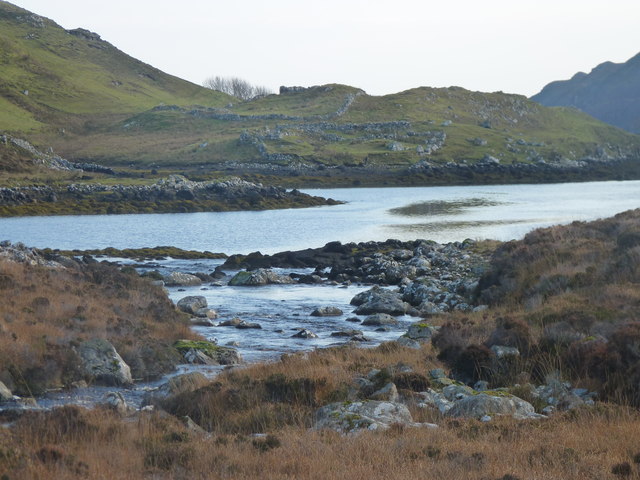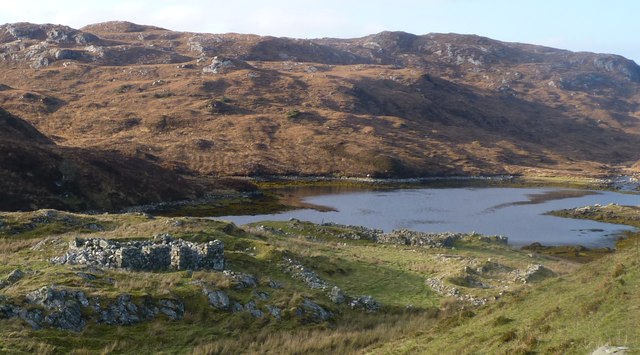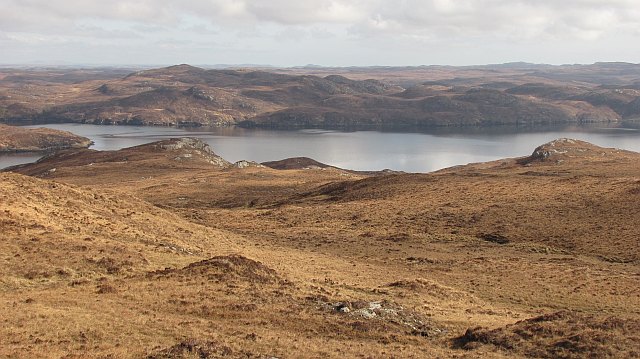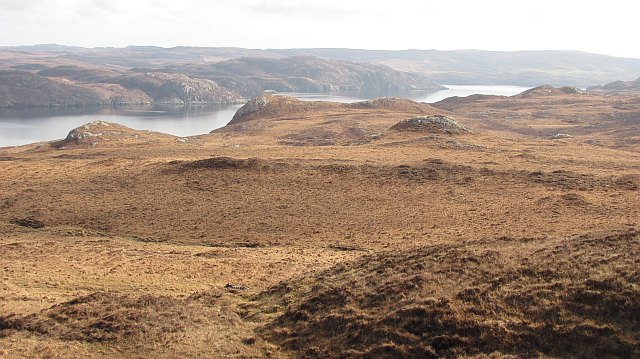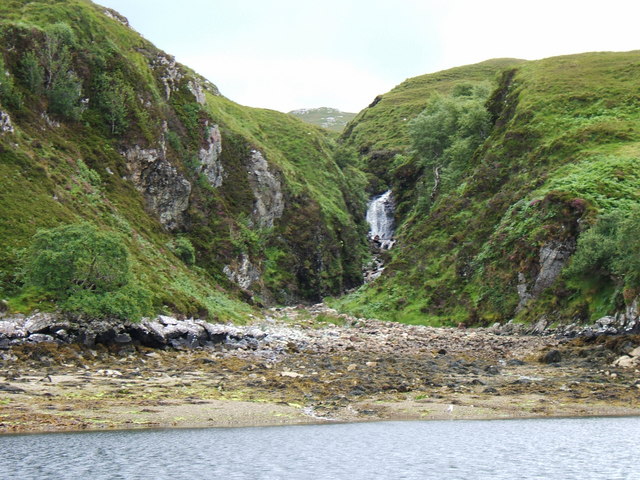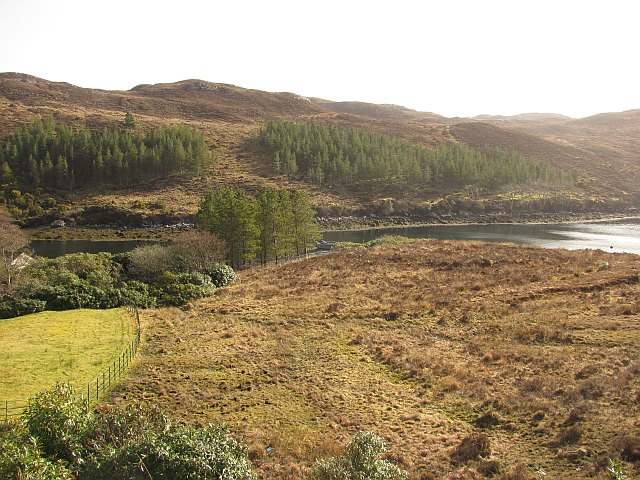Tòb na Gile Mòire
Sea, Estuary, Creek in Ross-shire
Scotland
Tòb na Gile Mòire
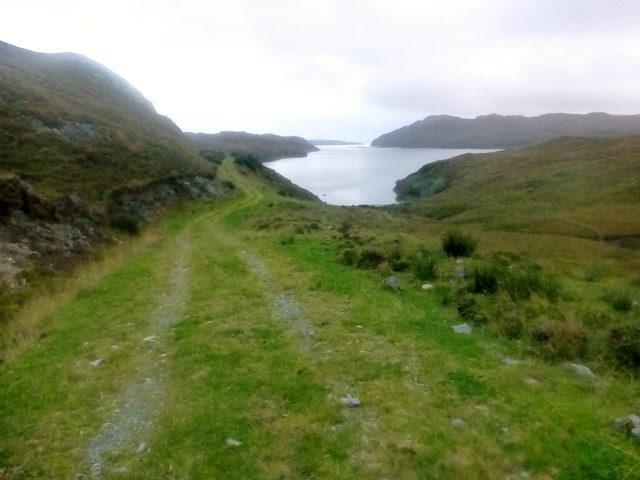
Tòb na Gile Mòire is a small body of water located in Ross-shire, Scotland. It is a sea loch that opens into the Cromarty Firth, creating a beautiful estuary where the water meets the land. The surrounding area is characterized by rugged cliffs and rolling hills, making it a picturesque location for outdoor enthusiasts and nature lovers.
The loch is home to a variety of marine life, including fish, seals, and seabirds. It is a popular spot for fishing, with anglers coming to try their luck at catching salmon, trout, and other species.
Tòb na Gile Mòire is also a haven for birdwatchers, as it attracts a wide range of bird species throughout the year. Visitors can spot seabirds such as gannets, puffins, and guillemots, as well as wading birds like curlews and oystercatchers.
The calm waters of the loch make it a peaceful and tranquil place to relax and enjoy the natural beauty of the Scottish Highlands. Whether you want to take a leisurely boat ride, go for a walk along the shoreline, or simply sit and admire the stunning views, Tòb na Gile Mòire is a must-visit destination for anyone exploring the Ross-shire area.
If you have any feedback on the listing, please let us know in the comments section below.
Tòb na Gile Mòire Images
Images are sourced within 2km of 57.999789/-6.5077654 or Grid Reference NB3310. Thanks to Geograph Open Source API. All images are credited.
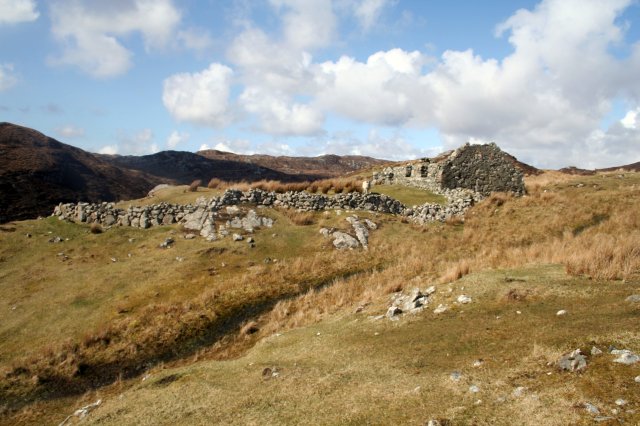
Tòb na Gile Mòire is located at Grid Ref: NB3310 (Lat: 57.999789, Lng: -6.5077654)
Unitary Authority: Na h-Eileanan an Iar
Police Authority: Highlands and Islands
What 3 Words
///extension.positives.including. Near Leurbost, Na h-Eileanan Siar
Nearby Locations
Related Wikis
Stiomrabhaig
Stiomrabhaig is an abandoned crofter's village on the Isle of Lewis in the Outer Hebrides. == History == The United Kingdom Census 1851 shows that the...
Orinsay
Orinsay (Scottish Gaelic: Orasaigh) is a crofting village on the Isle of Lewis in the district of Pairc, in the Outer Hebrides, Scotland. The settlement...
Park, Lewis
Park (Scottish Gaelic: A' Phàirc), also known as South Lochs, is a huge area of land connected to the rest of Lewis only by a narrow neck between Loch...
Eilean Liubhaird
Eilean Liubhaird or Eilean Iubhard is an island in the Outer Hebrides, to the east of Lewis. == Geography and geology == The rock is "gneiss bedrock with...
Nearby Amenities
Located within 500m of 57.999789,-6.5077654Have you been to Tòb na Gile Mòire?
Leave your review of Tòb na Gile Mòire below (or comments, questions and feedback).
